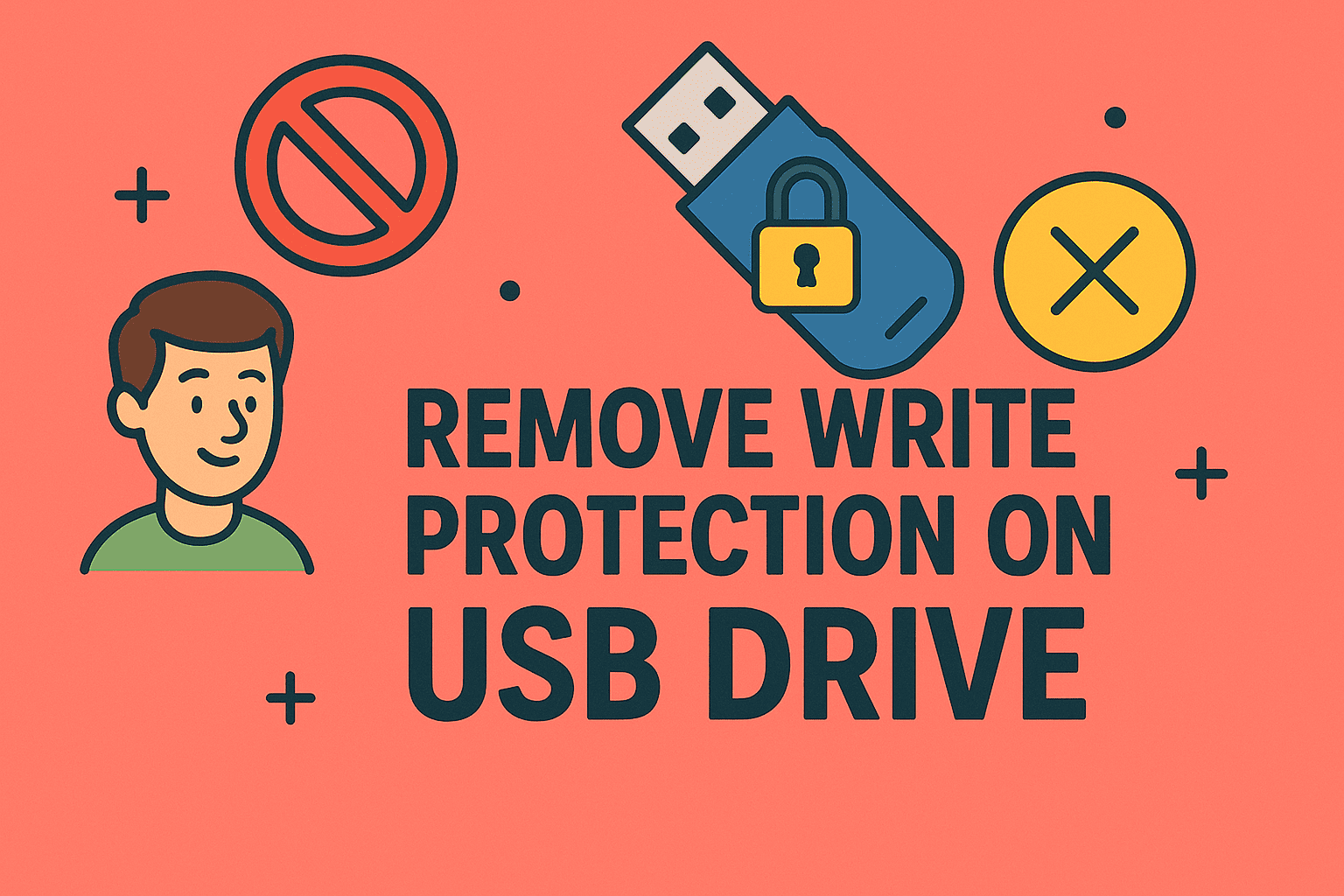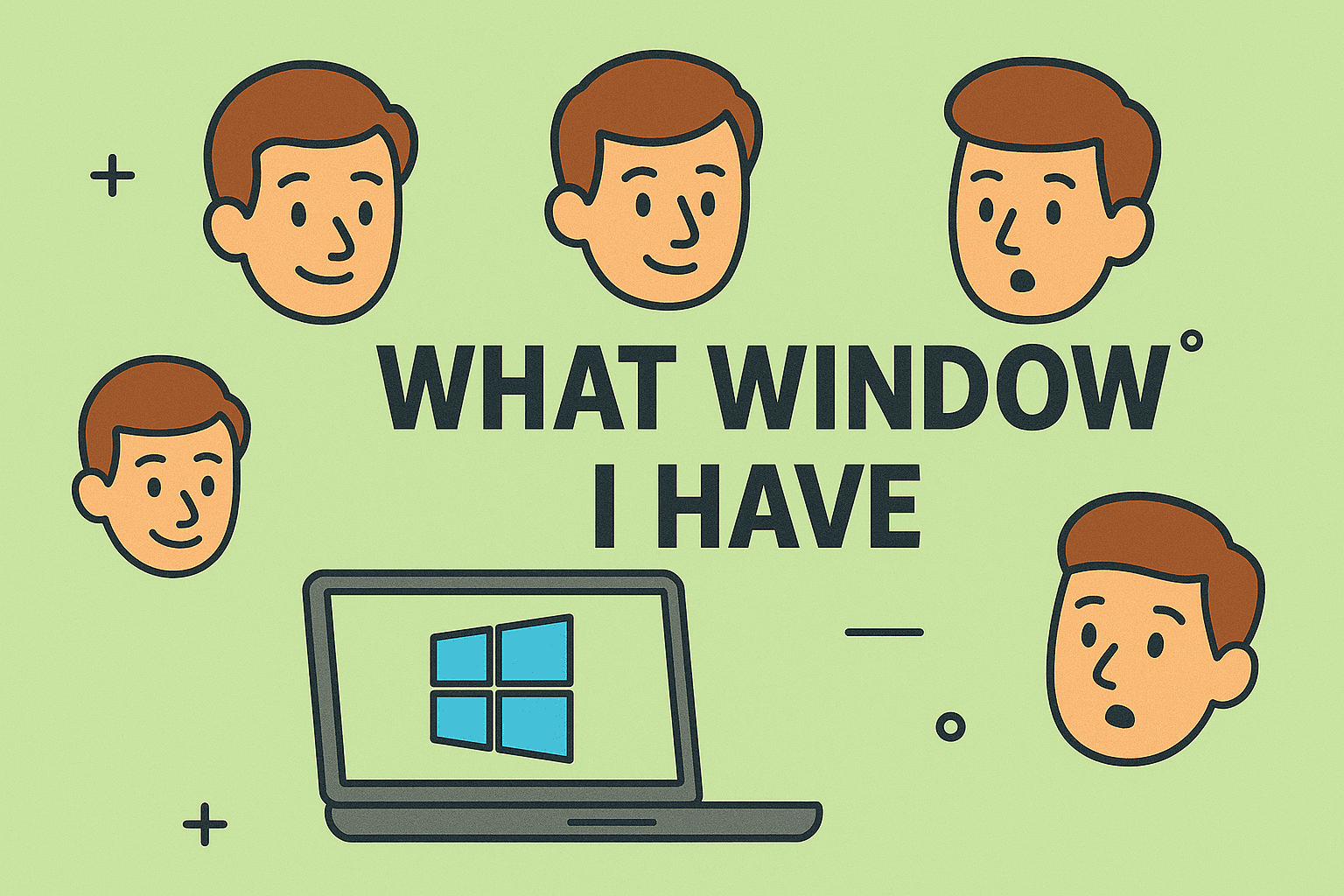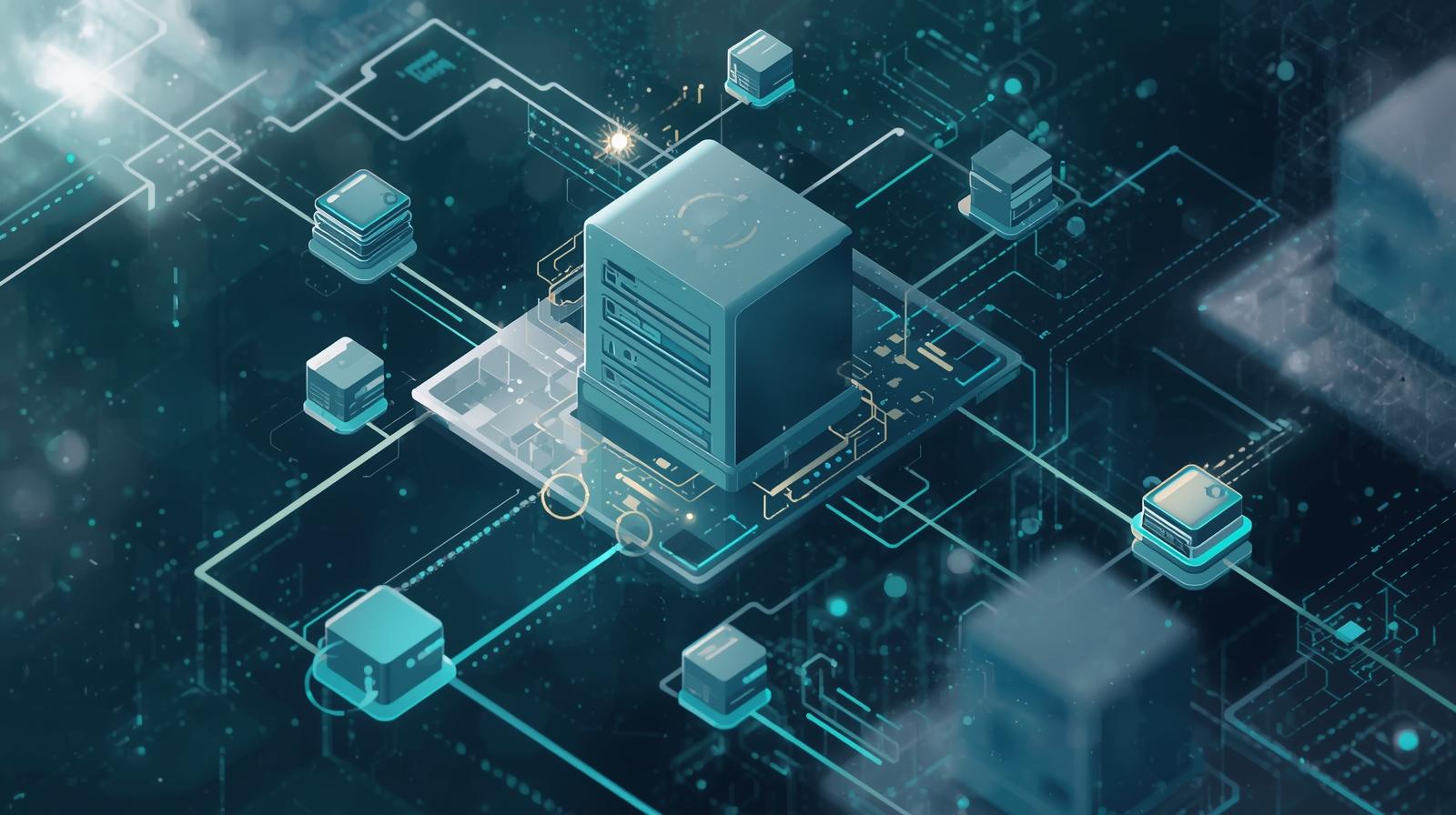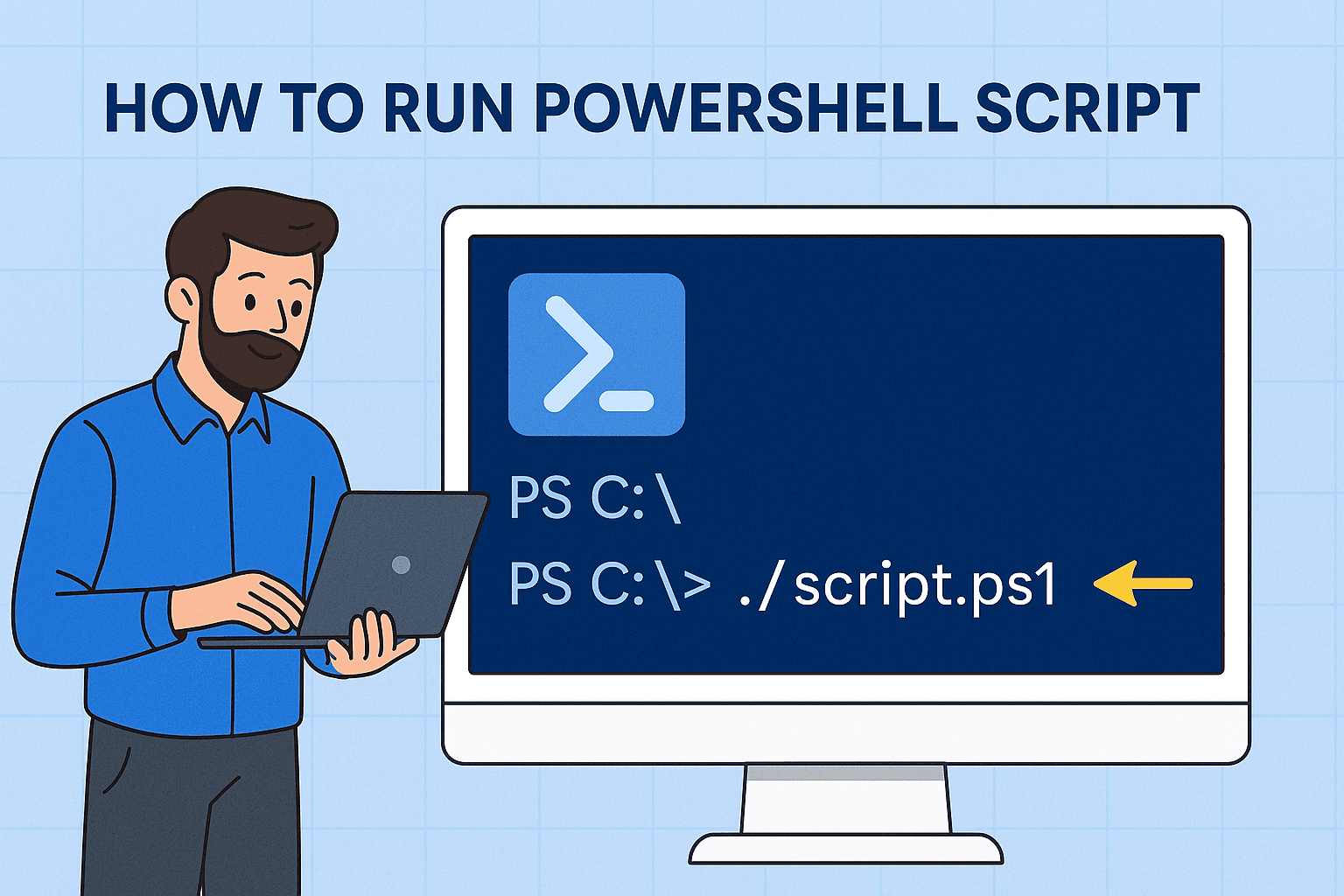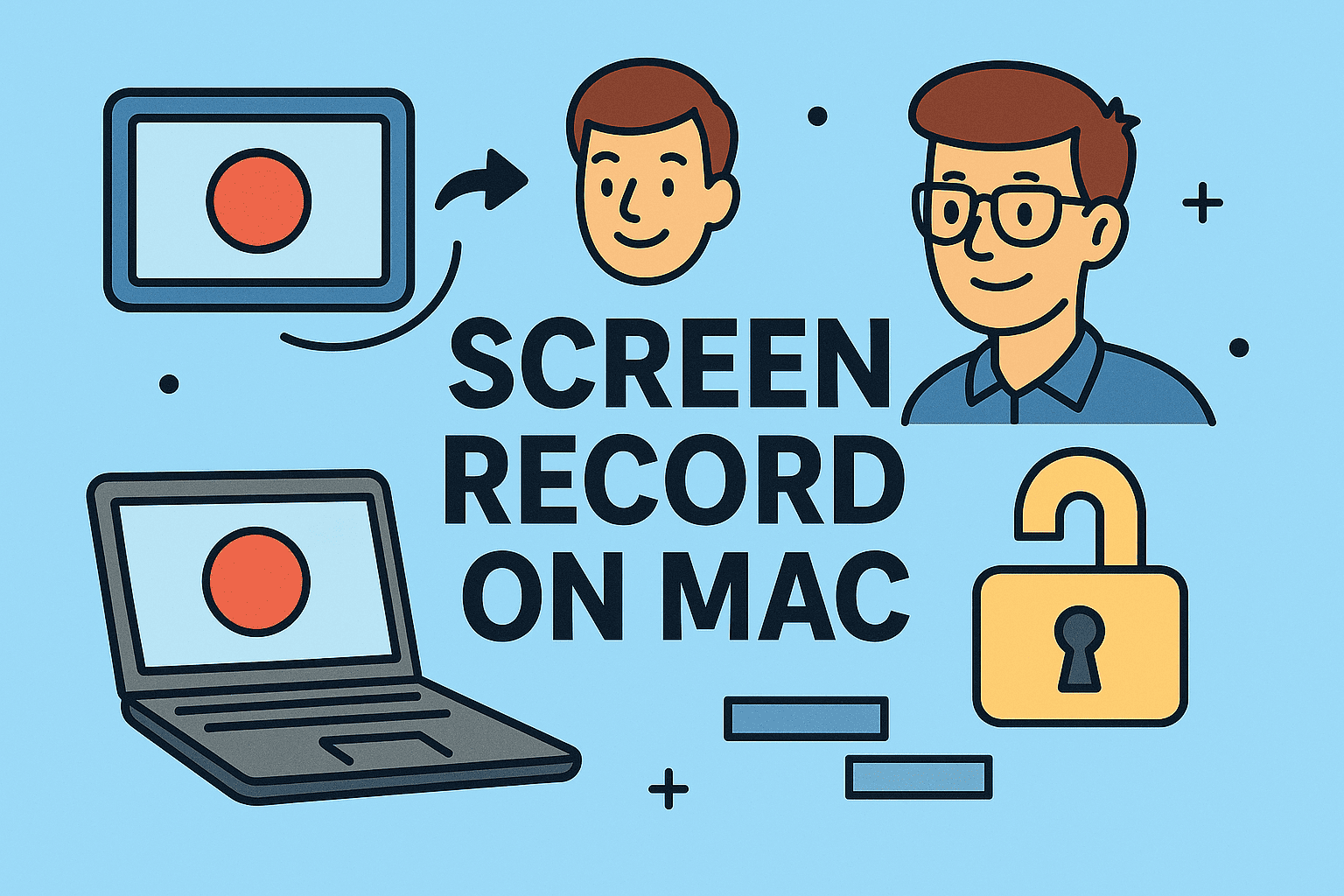How to Check RAM: Complete Guide for Every Platform
Updated on August 13, 2025, by ITarian

Have you ever noticed your computer slowing down during multitasking? Wondering if your system has enough memory to handle resource-heavy applications? Whether you’re an IT manager, cybersecurity expert, or business owner, knowing how to check RAM is essential for optimizing device performance and identifying potential issues.
In this guide, you’ll learn how to check RAM across different operating systems including Windows, macOS, and Linux. We’ll also explore how RAM impacts system health and what to do if your memory is maxed out.
What is RAM and Why Should You Check It?
Random Access Memory (RAM) is your computer’s short-term memory. It temporarily stores data that the CPU needs to access quickly, making tasks like browsing, running programs, and editing files smoother and faster.
Checking your RAM usage helps with:
- Diagnosing performance issues
- Planning hardware upgrades
- Running virtual machines or development tools
- Managing cybersecurity tools that consume memory
Especially in enterprise environments, regularly monitoring RAM is part of system health and incident response protocols.
How to Check RAM on Windows 10/11
Option 1: Use System Information
- Press Windows + R to open the Run dialog.
- Type msinfo32 and press Enter.
- In the System Summary, look for “Installed Physical Memory (RAM)”.
This method gives you a clear overview of total RAM installed and usable.
Option 2: Use Task Manager
- Right-click the taskbar and choose Task Manager.
- Go to the Performance tab.
- Click Memory on the left panel.
Here, you’ll see total RAM, used memory, available memory, speed, and form factor. It’s great for real-time monitoring.
Option 3: Use Command Prompt or PowerShell
Open either Command Prompt or PowerShell and type:
powershell
CopyEdit
systeminfo | findstr /C:”Total Physical Memory”
For a more detailed view:
powershell
CopyEdit
Get-ComputerInfo | Select-Object CsTotalPhysicalMemory
These tools are especially useful for admins managing remote machines or writing scripts.
How to Check RAM on macOS (MacBook, iMac)
Method 1: About This Mac
- Click the Apple icon in the top-left corner.
- Select About This Mac.
- Under the Overview tab, look for “Memory”.
This shows total RAM and memory type.
Method 2: Activity Monitor
- Open Finder > Applications > Utilities > Activity Monitor.
- Click the Memory tab.
You’ll see how much RAM is being used, cached, and available. The “Memory Pressure” graph gives a visual overview of performance.
How to Check RAM on Linux (Ubuntu, Debian, CentOS)
Using Terminal
To check total RAM and usage, open the terminal and run:
bash
CopyEdit
free -h
You’ll get output like this:
vbnet
CopyEdit
total used free shared buff/cache available
Mem: 15Gi 4.2Gi 3.5Gi 1.0Gi 7.3Gi 10Gi
Use top or htop
- top gives a live view of memory usage.
- htop (if installed) offers a color-coded, user-friendly layout.
bash
CopyEdit
top
bash
CopyEdit
htop
Use vmstat
bash
CopyEdit
vmstat -s
This command provides insights on memory allocation and swapping.
How Much RAM Do You Actually Need?
RAM needs vary depending on user role and use case. Here’s a breakdown:
| Use Case | Recommended RAM |
| Basic Office Use | 4 GB – 8 GB |
| Business Apps & Browsing | 8 GB – 16 GB |
| Virtualization & Development | 16 GB – 32 GB |
| Cybersecurity Analysis Tools | 16 GB – 64 GB |
| Video Editing & Data Analysis | 32 GB and up |
For professionals in security or IT roles, monitoring system resource usage helps prevent bottlenecks and threats.
Signs You May Need More RAM
If you’re unsure whether your current memory is enough, watch out for these signs:
- Slow performance when multitasking
- Applications freeze or crash frequently
- High disk usage (paging files used due to lack of RAM)
- Virtual machines lagging
- Browsers using excessive memory
Checking your RAM helps confirm if these issues stem from low memory or something else.
Tools for Continuous RAM Monitoring
If you manage multiple endpoints or critical infrastructure, you’ll need more than a manual check.
Recommended Monitoring Tools:
- Itarian Endpoint Manager – Real-time memory monitoring across devices
- SolarWinds Server & Application Monitor – Enterprise-grade RAM alerts
- HWMonitor – Hardware insights, including memory modules
- Speccy – Full specs including RAM model, slots, and speeds
For large organizations, memory usage should be tracked as part of a proactive IT management strategy.
RAM vs Virtual Memory: What’s the Difference?
While RAM handles active tasks, virtual memory extends RAM using storage (HDD/SSD). If your RAM is full, the system shifts data to the page file, which is slower.
Checking RAM alone isn’t enough—you should also monitor swap file usage and overall memory pressure to get a complete picture.
FAQ: How to Check RAM
1. Can I check RAM without opening my PC?
Yes. All major operating systems (Windows, macOS, Linux) provide built-in tools like Task Manager, System Info, or Terminal for RAM inspection.
2. How do I know how many RAM slots are used?
Use Task Manager > Performance > Memory on Windows, or tools like Speccy. On macOS, use System Information > Memory.
3. Can I check RAM speed and type?
Yes. Tools like Speccy (Windows), System Information (Mac), or dmidecode on Linux show RAM frequency, type (DDR3/DDR4), and form factor.
4. Is checking RAM usage safe?
Yes. You’re only viewing system stats, which has no impact on your data or security.
5. Does high RAM usage mean malware?
Not always. It could be browser tabs, background services, or legitimate tools. But unusually high usage could indicate crypto miners or memory-based malware—use a trusted antivirus or EDR tool to investigate.
Final Thoughts
Knowing how to check RAM is more than just a basic computer skill—it’s a critical part of performance optimization, troubleshooting, and IT infrastructure management. From personal laptops to enterprise endpoints, understanding memory usage helps prevent crashes, improve uptime, and inform upgrade decisions.
Whether you’re working in cybersecurity, managing multiple devices, or simply trying to squeeze better performance from your Mac or PC, checking RAM gives you the insights you need.
Streamline system health, monitor devices at scale, and secure your infrastructure with Itarian.
Start your free trial now to explore advanced IT management and endpoint protection tools.


